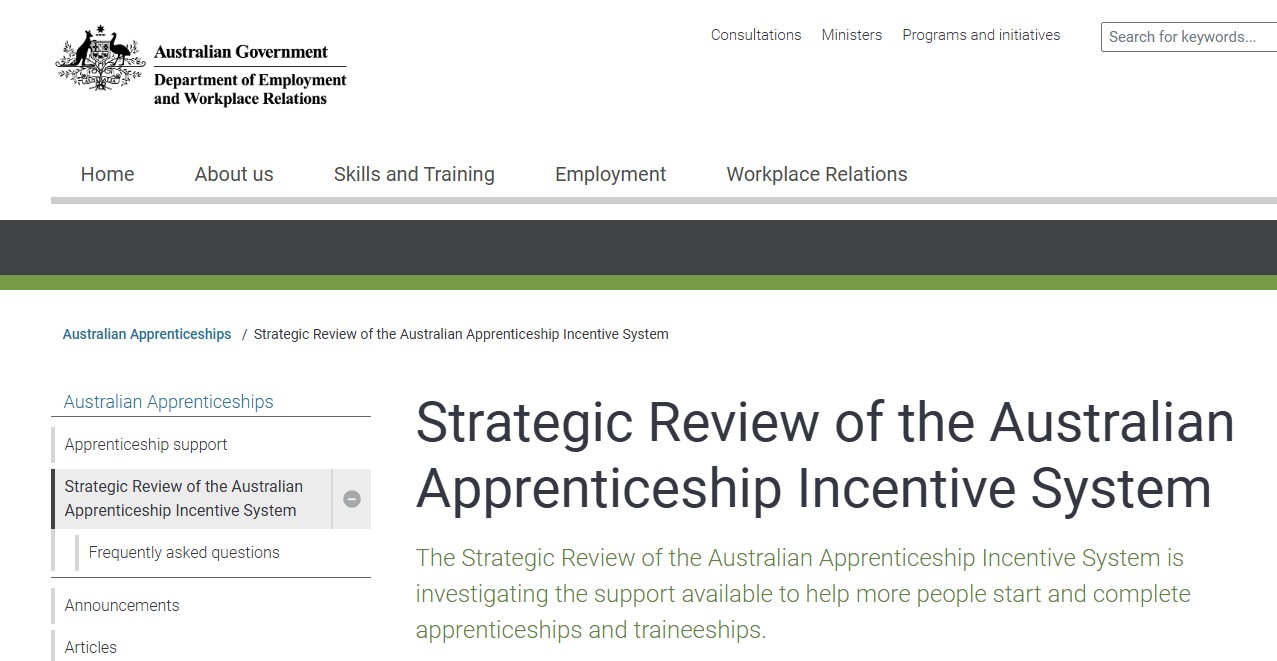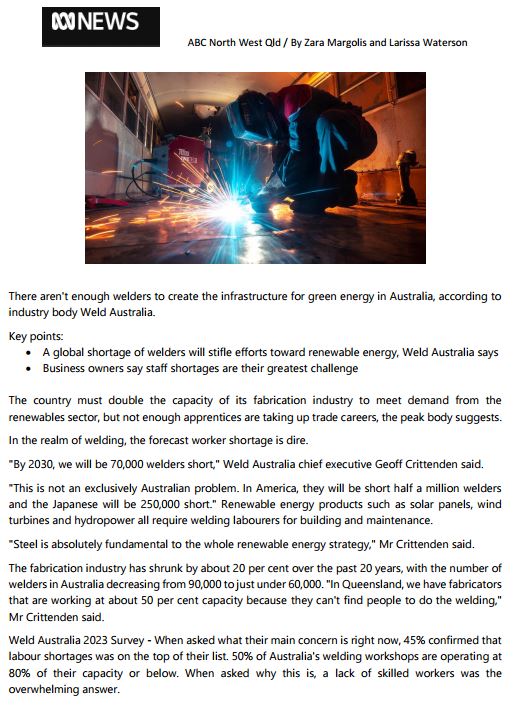Australia – The Administrative Appeals Tribunal (AAT) Migration and Refugee Division
From 1 July 2024, the application fee for review of a migration decision under Part 5 of the Migration Act 1958 will increase to $3,496.
In cases where a 50% fee reduction is granted, the reduced fee will be $1,748.
The new fee will apply to an application for review of a migration decision under Part 5 lodged on or after 1 July 2024.
It will also apply to an application for review of a Part 5 migration decision lodged before 1 July 2024 when the fee, or 50% of the fee with a request for a fee reduction, is paid on or after 1 July 2024.
The application fee for review of a protection visa decision under Part 7 of the Migration Act 1958 will increase to $2,151. In general, this fee is payable only if the application is not successful.
The new fee will apply to an application for review of a protection visa decision under Part 7 lodged on or after 1 July 2024.
Fee changes occur annually in accordance with changes in the Consumer Price Index under regulations 4.13A and 4.31BA of the Migration Regulations 1994.”
You can get further help and Information by messaging us here or email SkilledMigrationGroup@protonmail.com


 Weld Australia has released the results of its 2023 Member Survey, which reveals the Federal Government must step in and provide real support to industry to make the renewable energy revolution a reality.
Weld Australia has released the results of its 2023 Member Survey, which reveals the Federal Government must step in and provide real support to industry to make the renewable energy revolution a reality.